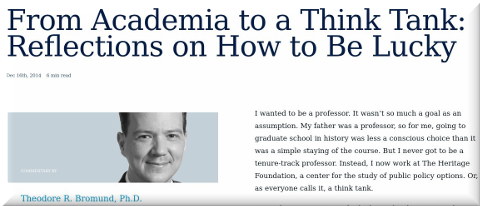

THE UNITED States may have a serious problem with money in politics/policy. Money buys law. It buys legislation. It also buys influence/lobbying from academia. It's all about money. This is why the US ended up with terrible patent policy and up until a few years ago (owing largely to a court which is hard to corrupt) there was no hope. A bunch of large and powerful law firms had a grip on the patent system. This grip is nowadays slipping away and in response to it they make a public showing of disdain against the changes. Sometimes they also bash courts and judges.
"As is typical for a Sunday, Patent Docs lists some patent-centric events, streams, conferences (symposium/webcast/other), lobbying etc. It's nothing but patent maximalism up on display."The Intellectual Property Owners Association (IPO), a patent extremists' front group that lobbies for software patents and other bad things, has a session/presentation/topic titled "What Future Does the UPC Hold for Us?"
Well, the UPC has no future. It's dead. Who's behind this "2018 European Practice Committee Conference"?
"Who's behind this "2018 European Practice Committee Conference"?"Introducing the aspect of gender when it comes to patents isn't anything new. It's not illegitimate, but sometimes the angle is interjected for someone's gain (not women's but the patent microcosm's). Yale SOM has something to that effect.
Yale has this new article by Jyoti Madhusoodanan, who explores the relative lack of patents from women or rather than low allowance (acceptance/grant) rates. As one patents expert (who is female) put it: "If inventor’s gender is truly impacting allowance rates, that’s very troubling. Hope @uspto will respond to this. Note that study does not seem to consider role of patent attorney. Lay inventor is often largely unaware/misguided re a patent’s prosecution."
From the article itself:
In the United States, women earn half of the doctoral degrees in science and engineering. But when it comes to patenting their inventions, they trail far behind men: Only 10% of patent-holders are women. Even in the life sciences, where women earn more than half of new PhDs, only 15% of inventors listed on patents are women. According to a new analysis by Kyle Jensen, Balázs Kovács, and Olav Sorenson of Yale SOM, published in Nature Biotechnology, this disparity stems in part from how patents are obtained and maintained over time.
Gender-based disparities have been found in orchestras, academic publication, and many other areas. But understanding the imbalance with patents has been historically difficult because the U.S. Patent and Trademark Office (USPTO) only offered information on one patent at a time. A recent bulk data release enabled Jensen, Kovács, and Sorenson to trace the histories of 2.7 million patents issued between 2001 and 2014. They analyzed maintenance fee payments, prosecution histories, and the full text of patents, which revealed the interactions between inventors and examiners as well as how a patent claim was altered during the process of filing.